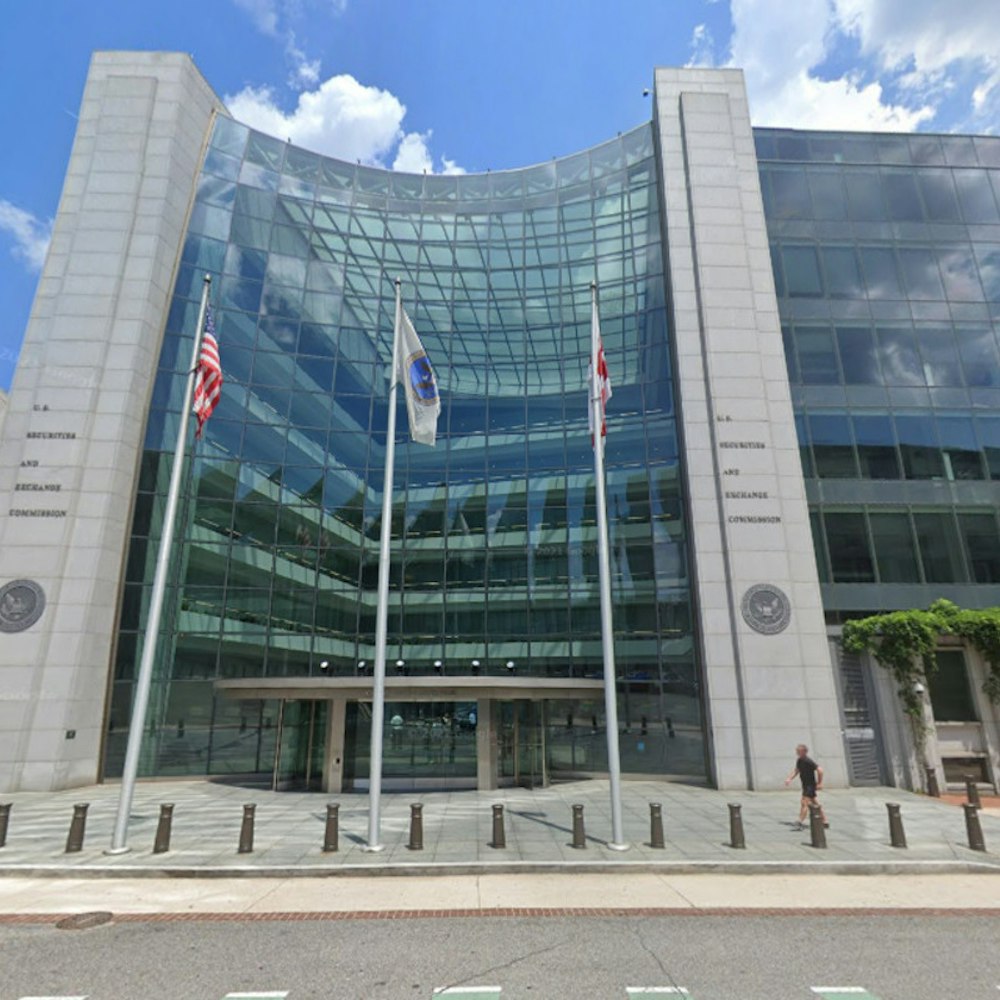
A massive power outage on April 21 that left 88,000 PG&E customers, 21 schools, more than 300 traffic lights and Montgomery BART Station in the dark is a sufficient reason to explore new technologies that allow the city to respond to future blackouts, asserts a Chronicle opinion piece.
Last month's interruption was caused by a fire at the utility company's Larkin Street Substation. Three city officials—City Administrator Naomi Kelly, Emergency Management Chief Anne Kronenberg and Fire Chief Joanne Hayes-White—wrote a letter to PG&E requesting more information on the company's infrastructure and plans to make the necessary repairs and upgrades.
Board of Supervisors President London Breed was quoted by KRON4 as saying that the city's response to last week's power outage was a failure.

One solution the Chron supports is microgrids — small power grids that serve as local alternatives to the larger electrical grid. Microgrid networks can be built using renewable sources such as solar and wind, which means they continue to operate during large power failures without relying on diesel generators.
Traditionally used in suburban or rural communities, an MIT proof-of-concept study showed last year that microgrids are feasible in dense urban settings. According to the study's findings, rooftop solar installations on 20 percent of homes could meet half of a city's demand during daylight hours.
If San Francisco had microgrids established around the city during last month's blackout, potentially thousands of PG&E customers —particularly those with solar panels— would have likely been able to power through the outage.
As the Chronicle reports, more than 100 microgrids are operating or are in the planning phases in California, and microgrid technologies have received attention from companies like GE, Siemens, ABB and smaller regional startups like Sunverge and Advanced Microgrid Solutions.
San Francisco has started to look into creating microgrids (such as the Hunters Point Community Microgrid Project), and funding in the form of a $1.2 million grant from the US Department of Energy has been secured. However, as the Chron argued, more needs to be done if the city wants to be prepared for a large-scale natural disaster, terrorist attack or utility outage.









